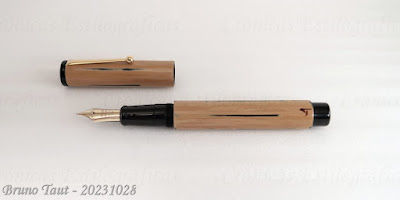This 2023 edition was celebrated one weekend before the usual schedule –the 3rd weekend in November— because of a chronic problem—the difficulties to find a hotel in Madrid in November with a large enough salon (about 700 m2). And on this occasion, the organizers had to settle with what was available—a nice hotel (and known from the 2021 event) with a big enough salon, but at a wrong date.
And the wrong date came with a number of issues. First, it was a long weekend in Madrid and many locals decided to leave the city. Then, an important football match was celebrated on Saturday evening in the neighborhood of the hotel. Finally, a number of political demonstrations –with occasional bouts of violence— took place in Madrid on those days.
The result? About 30-40% lower attendance than in previous editions. And that meant a lower amount of money in circulation.
On the positive side, the mere size of the event remained untouched—about 65 traders, including some new faces coming from Ireland, Greece, India, Japan... And the available space was also enough for a pleasant experience. Of course, the lower attendance also helped on this regard. However, one of the two rooms of the event lacked some light, a detail noticed by both dealers and visitors.
I hope the problems experienced on this 2023 edition could be solved in 2024, as I also hope for a long and prosperous life of the Madrid Pen Show. Nevertheless, the average age of visitors is not a good omen, and that is a most fundamental problem.
Jinhao Dadao 9019 – Montblanc Irish Green
Bruno Taut
December 3rd, 2023
etiquetas: evento, Madrid
Bruno Taut
December 3rd, 2023
etiquetas: evento, Madrid

































































